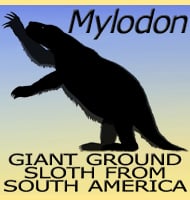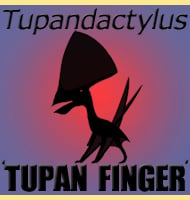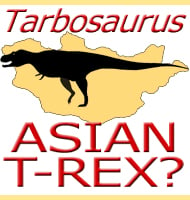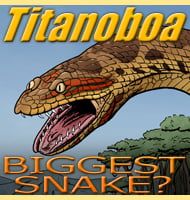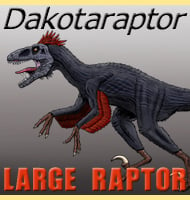In Depth
Remains of Suskityrannus were first announced back in 1998 when the description of the ceratopsian dinosaur Zuniceratops was first published. Back then the fossil remains were thought to have been those of a dromaeosaur, but in 2019, a more detailed analysis of these fossils were published. The name chosen for this dinosaur was Suskityrannus which means ‘coyote tyrant’. The suki part is the Zuni word for coyote. The tyrant part is a reference to the fact that Suskityrannus was not a dromaeosaur, but a primitive tyrannosaur.
Foot structure of Suskityrannus shows a development where the upper portion of the middle metatarsal is pinched, a development that allowed for fast running. This has plugged an evolutionary gap that confounded palaeontologists in their attempts to trace tyrannosaur evolution. Unfortunately, not much else is yet known about Suskityrannus. Full adult size is uncertain, because the only known specimens at the time of the 2019 description are of juveniles. Analysis of growth rings in the bones of one of these individuals suggest that it was about three years old at the time of death. Suskityrannus is noted for having a large brain relative to body size, but it is unknown if this is just down to differing body proportions for juveniles.
Further Reading
- A mid-Cretaceous tyrannosauroid and the origin of North American end-Cretaceous dinosaur assemblages -. Nature Ecology & Evolution. 3 (6): 892–899. - D. G. Wolfe, A. T. McDonald, J. I. Kirkland, A. H. Turner, N. D. Smith, S. L. Brusatte, M. A. Loewen, R. K. Denton & S. J. Nesbitt - 2019.

